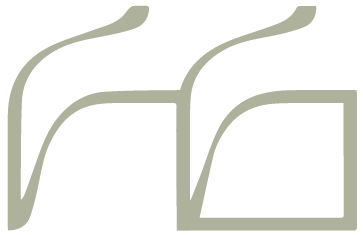Roucou, powerful Indigenous skin medicine
Roucou pods and flowers.
It is thought that the origin of the word Roucou comes from the Tupi, Indigenous people of Brazil, who called the plant ‘uruku’ which comes from the Tupi word ‘ru-ku’ which translates to red. Also known as annatto and achiote, this medicinal native to Central and South America and is quite special in its appearance and medicinal properties.
The seeds of the Roucou have antibacterial and astringent properties which were used by Indigenous peoples across the region as a natural sunblock and as a pigmented extract for the skin, hair and was an essential component in body painting. The small, hard seeds are made available when the pods of the roucou burst open. To make a paste the seeds are crushed into a fine powder and applied to the skin for protection.
In addition oil can be extracted from the Roucou which has high quantities of beta-carotene or bixin, about 300 times more than carrots, which aids in hair growth and contains ellagic acid which aids in protection against free radicals. A powerful antioxidant, the oil helps to reduce premature skin ageing with the carotenoid content stimulating melanin production, thus boosting the body’s natural ability to protect itself from sun exposure.
This medicine is however more than just cosmetic. The oil, paste and liquid which are made in a variety of ways across the Caribbean is often used as a natural browning or colouring to cook various types of meat and stews; having a nutty, peppery, and floral taste. Due to its high Vitamin E and carotene content it is great to add to your preventative medicine chest for eye health and studies on its antimicrobial properties show early cancer-fighting potential.
Dried roucou pods open
